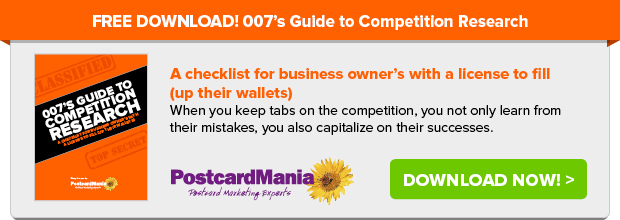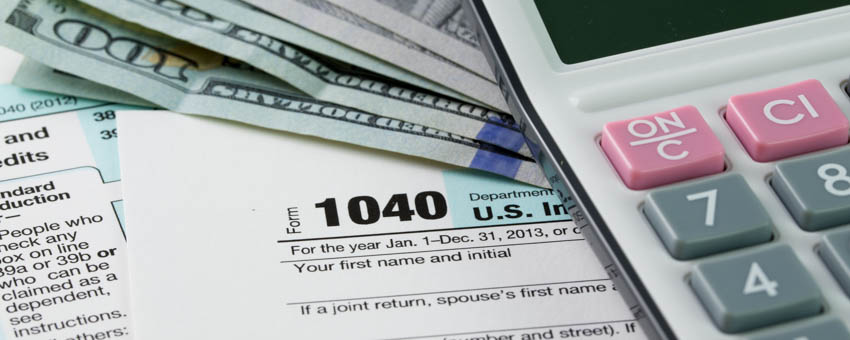4 Easy Steps to Study Your Local Competition
Updated on July 15, 2021Last week, we learned how to nail down your Unique Selling Proposition (USP) to plaster all over your promotions so that your community knows EXACTLY what sets you apart from your competitors. However, there is more to do in order to see if you hit the nail on the head with that.
Once you have a couple of ideas for your USP, you need to do some thorough research on your competition and local market to see if your USP is truly unique. I recommend you do this before figuring out your USP because it will give you great insight into what’s already available for your market. But without first understanding USP and doing a deep dive into your own business, you won’t know what to look for. These two pre-marketing steps really do go hand in hand.
But how do you do this precisely? It isn’t enough to Google your competitors and scan their websites. That only gives you surface-level info — not enough to truly set your business apart.
Our 2-minute video today shows the simple (and free) steps you can take to legitimately research your competition and get a leg up on everyone in your area!
Are you willing to spend 2 minutes to put your biz in a drastically better position? If so, keep going…
Here’s a quick summary of the video for you:
- Google your competitors and check out their Google Business Profile listing, reviews and of course their website.
- Sign up for ALL of your competitors’ promotions and email lists. Some may have a rewards club or something similar – ANYTHING you’re able to sign up for with an email, do it.
- Blind shop ALL local and regional competitors. Blind shopping is when you anonymously go through the entire process of purchasing a product or service. More info on this below!
- Once you’ve done these, keep up with new updates on your competitors by signing up for Google Alerts about them. When you do this, Google will send you an alert every time their business name is mentioned on the worldwide web. This includes mentions in articles, new webpages published on their websites and more.
Here are 3 additional tips and tricks to make studying your competition as efficient as possible:
1. When visiting and researching competitors’ websites, write down each one of their USPs.
Don’t just scan it over and make mental notes – pay close attention, pinpoint what their offer is, and write down each competitor’s USP. (Or the closest thing they have to it.)
You’ll be amazed at how much more impactful research can be when you physically write down the things you discover.
Once you’ve compiled ALL of your competitors’ USPs on paper, it will be much easier to look them all over and find a gap that you can fill with your own!
2. When I tell you to “blind shop” your competition, don’t just call in and inquire about the product or service.
Force yourself down the sales funnel, all the way until you’re about to make a purchase.
I highly suggest you actually go ahead and purchase their product or service if you can. Gaining insight into your competition’s entire fulfillment process can be invaluable — but of course, it might not be feasible to make the purchase, like, say, if you’re a roofer.
Either way, blind shopping will give you a real concrete understanding of your competitor’s customer experience. You’ll gain valuable insight in identifying areas where you can improve your own processes and really stand out.
Even the post-sale experience can provide valuable data as to how they implement customer retention procedures.
Another major way to get a leg up on competition is to rank higher than them on Google Maps. Here are 4 ways to help you rank higher on Google Maps!
3. The number of competitors you should monitor will reflect the size and reach of your local market, which will greatly vary depending on your location and industry.
For example, there are 61.1 dentists per 100,000 U.S. population, and many practices are concentrated to densely inhabited areas. So, if you’re a dental office in a more urban or suburban location, your competition radius will probably be smaller, maybe 1-3 miles. But if you’re located in a more rural area, your radius might be 10-20 miles.
A more niche market, however, like hearing aid providers or private music tutors, will have less competition nearby. So, you might want to focus your attention on a city-wide or even a regional level.
Your business might even service clientele nationally, which can greatly extend the scope of your research.
Every business and situation is different.
If you need help with this, I highly, HIGHLY recommend you reach out and let one of my marketing consultants help you.
They are highly trained to analyze your business from all angles, including your competition.
We can even use our data compilers to find out EXACTLY how many similar businesses are registered to your area by pulling SIC lists (Standard Industry Classification lists). These lists tell you how many businesses are registered to your specific industry, and we can target any geographic location you specify.
And all of this is FREE to you to take advantage of. Please don’t feel like you have to do all of this alone — we are here to help!
If you have any questions about anything, feel free to contact one of our marketing experts or call us at 800-628-1804.
Or, you can always email me directly at joy.gendusa@postcardmania.com.
Best,
Joy






